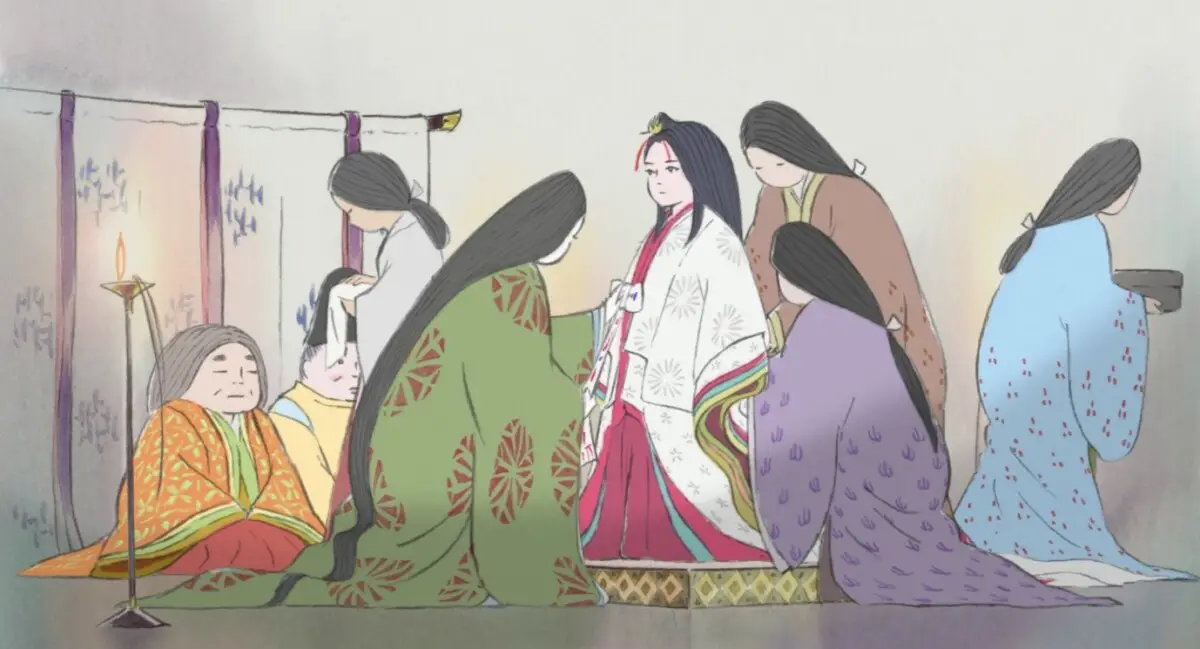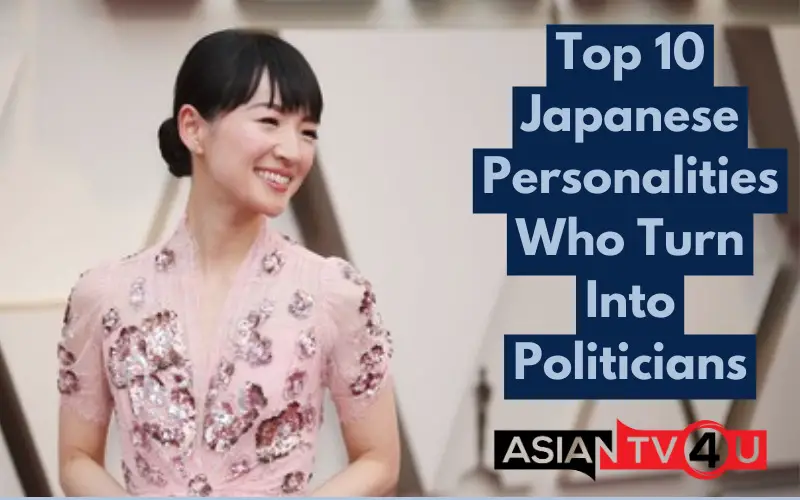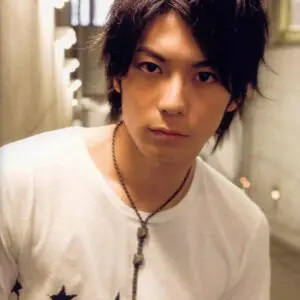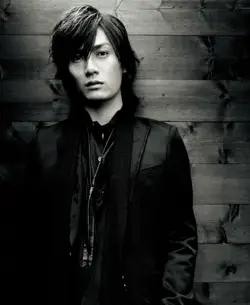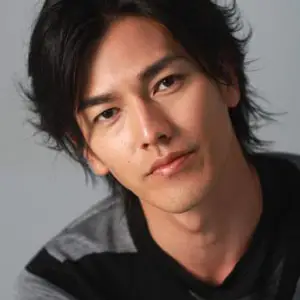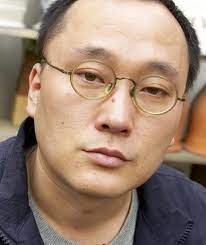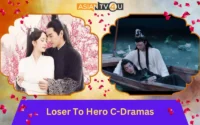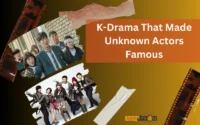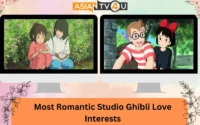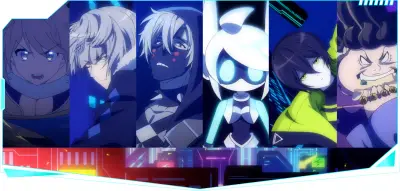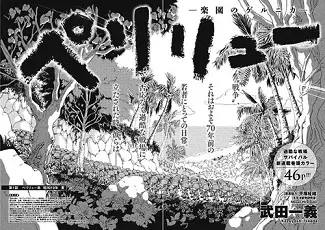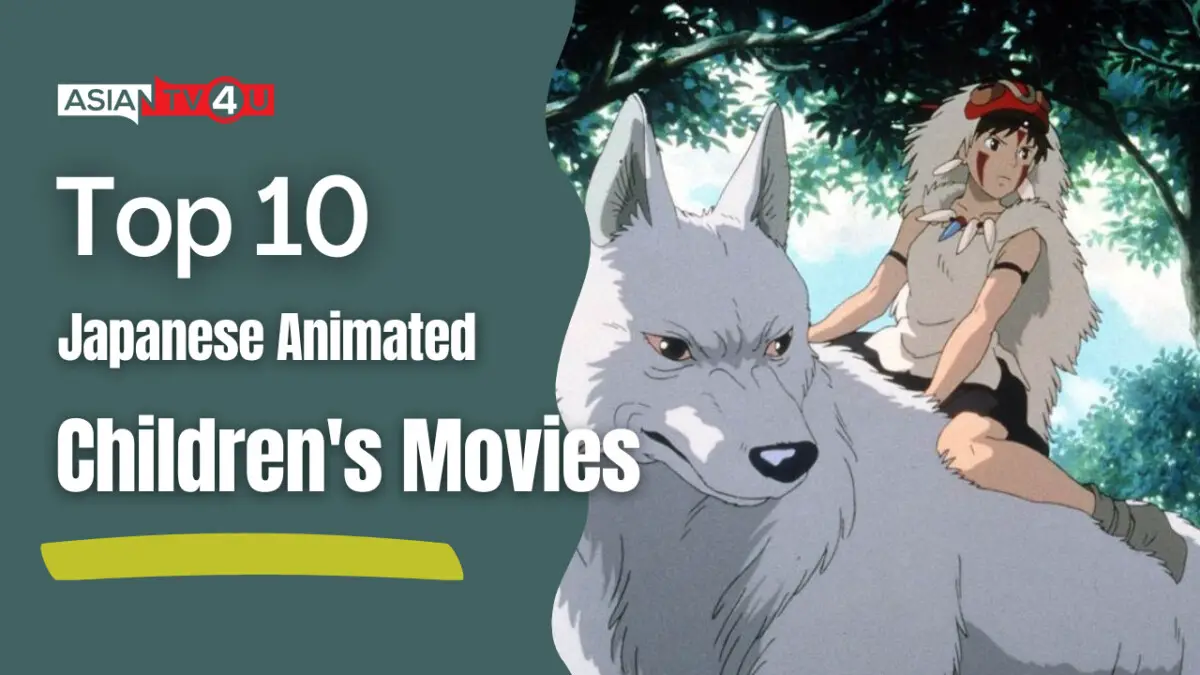
Anime is now more popular than ever, with television shows and films reaching a wider audience and gaining critical praise. The stylized and often traditionally hand-drawn animations continue to enchant viewers young and old, whether they are Miyazaki fans or foreign cinema illiterates. Here's a rundown of the best children's anime films ever made in Japan, plus a few more that deserve appreciation as well. We rate the Best Japanese Children's Movies of All Time, from the cyberpunk of Akira to the jazzy funk of Cowboy Bebop.
1. Spirited Away (2001)
When Miyazaki began visiting his friend Seiji Okuda and his ten-year-old daughter, the story for Spirited Away was born. He began to build the bones of the picture after realising there were no fantastic stories with heroes for the young girl. During production, Miyazaki found that the picture would be over three hours long as written, and he had to edit out huge portions of the plot as well as several characters and monsters.

2. Akira (1988)
Katsuhiro Otomo co-wrote the screenplay and directed the adaptation of his most well-known work. Tetsuo, a teenage biker, embarks on a journey to free the imprisoned psychic Akira. He meets up with the rest of his gang, The Capsules, a deranged terrorist, and nearly the entire Tokyo police force along the way.
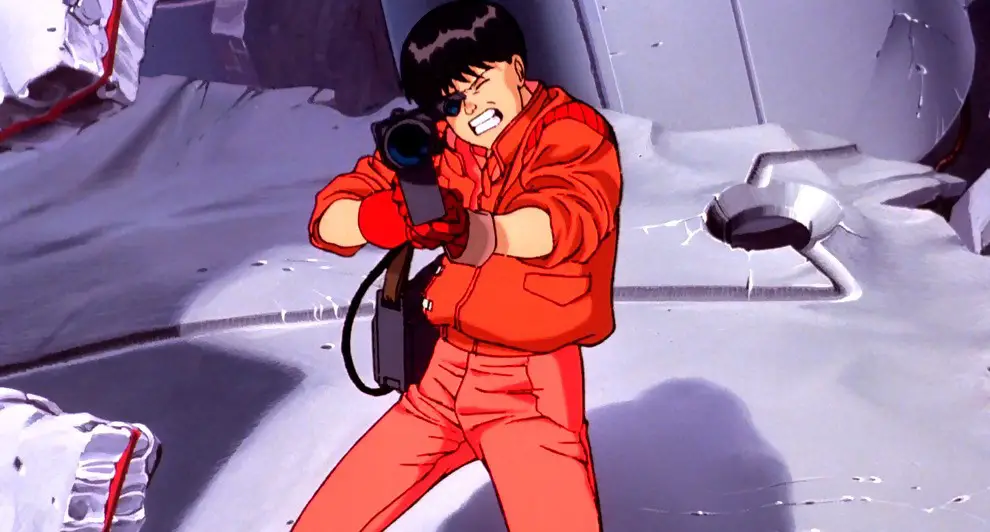
3. Princess Mononoke (1997)
The story isn't about a girl named Princess Mononoke; mononoke actually means monster or ghost. Instead, the film is set in Japan's late Muromachi period (about 1336 to 1573) and follows Ashitaka, a young Emishi warrior. The Muromachi period, for those unfamiliar with feudal Japanese history, was a turbulent time when warring clans struggled over resources that rose tremendously in value.
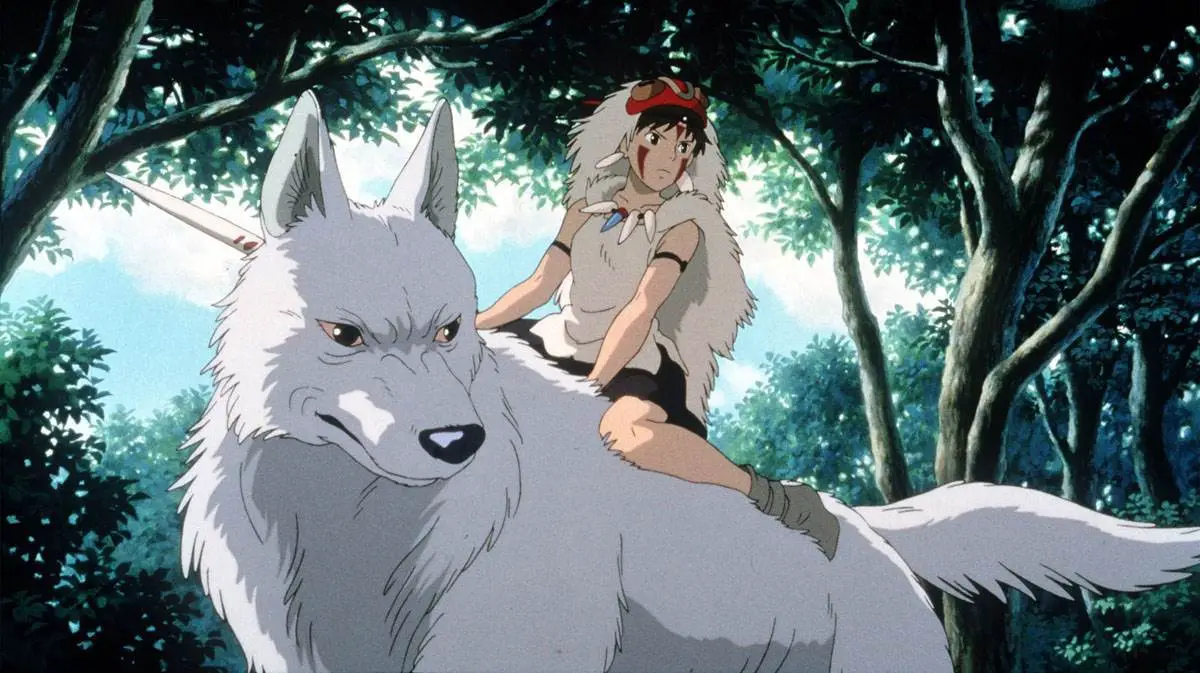
4. Ghost In The Shell (1995)
The original 1995 film is based on Masamune Shirow's manga and follows Motoko, a female cyborg who is looking for meaning in her life. Motoko seeks out the wicked hacker, the Puppet Master, in her quest for self-discovery. Digital generated animation (DGA) is used in the film, which mixes cel animation (including original drawings) with computer visuals.
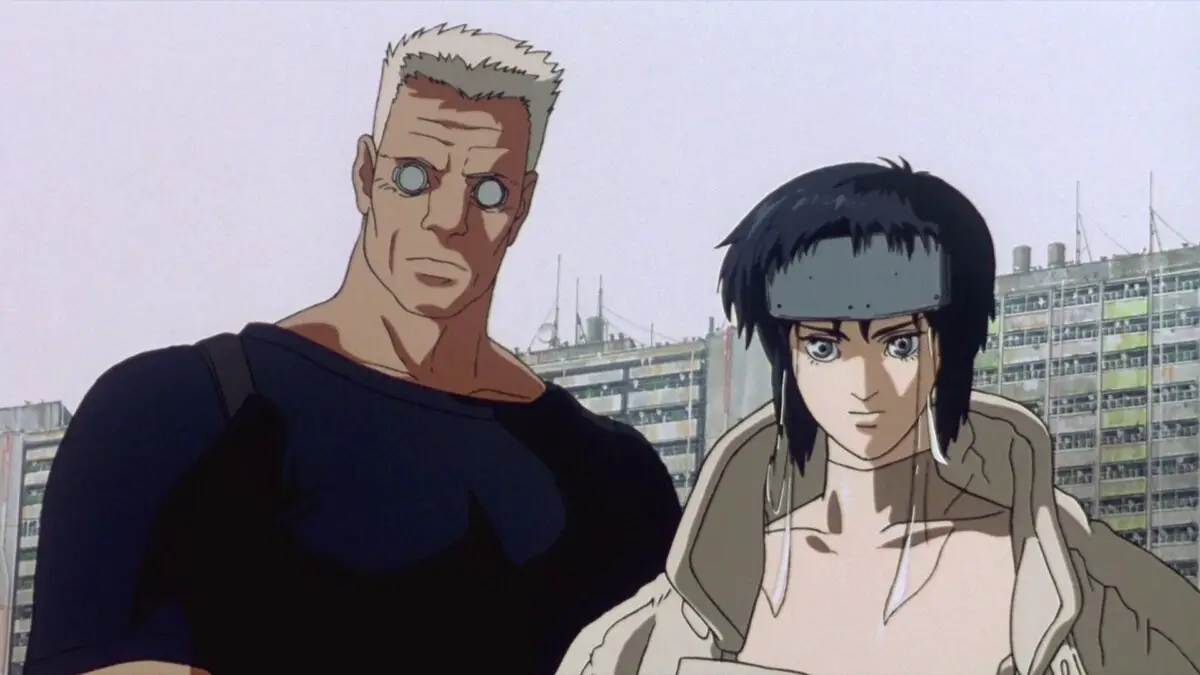
5. Porco Rosso (1992)
Miyazaki's 2nd feature, Nausicaa of the Valley of the Wind, was based on his manga. Because, while Miyazaki eventually found success in the film industry, drawing comics was his first love. In 1992, in Porco Rosso, he returned to adapting his own material. The plot centres around an Italian WWI ex-fighter ace who now works as a freelance bounty hunter, based on his Hiktei Jidai, a three-part watercolour manga. But, since this is a Ghibli picture, he isn't just any pilot; a strange curse has turned him into a pig.
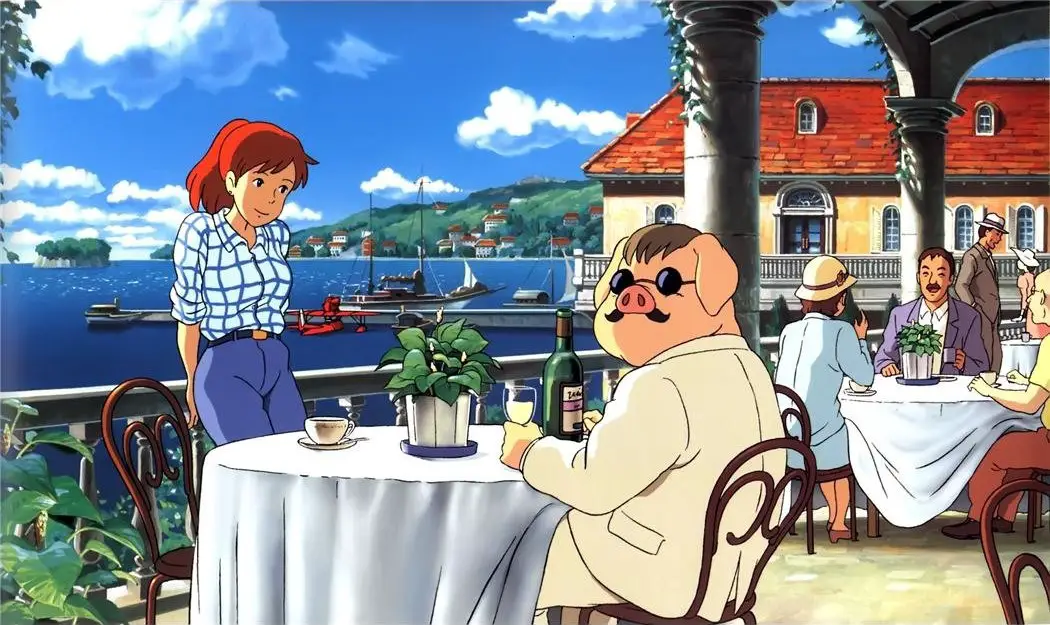
6. The Wind Rises (2013)
Miyazaki announced his retirement from anime in 2013, this time for good (apparently). That same year, he released his final album, The Wind Rises, a spiritual trip. It is a biography of Jiro Horikoshi (1903-1982), the designer of the Japanese aircraft employed during WWII, in stark contrast to his earlier films. Miyasaki, never one to merely adapt a story, mixed aspects of Hori Tatsuo's 1937 novel The Wind Has Risen with stories from Horikoshi's life. Many of Miyazaki's fans were disappointed when he shunned fantasy totally in his final film.
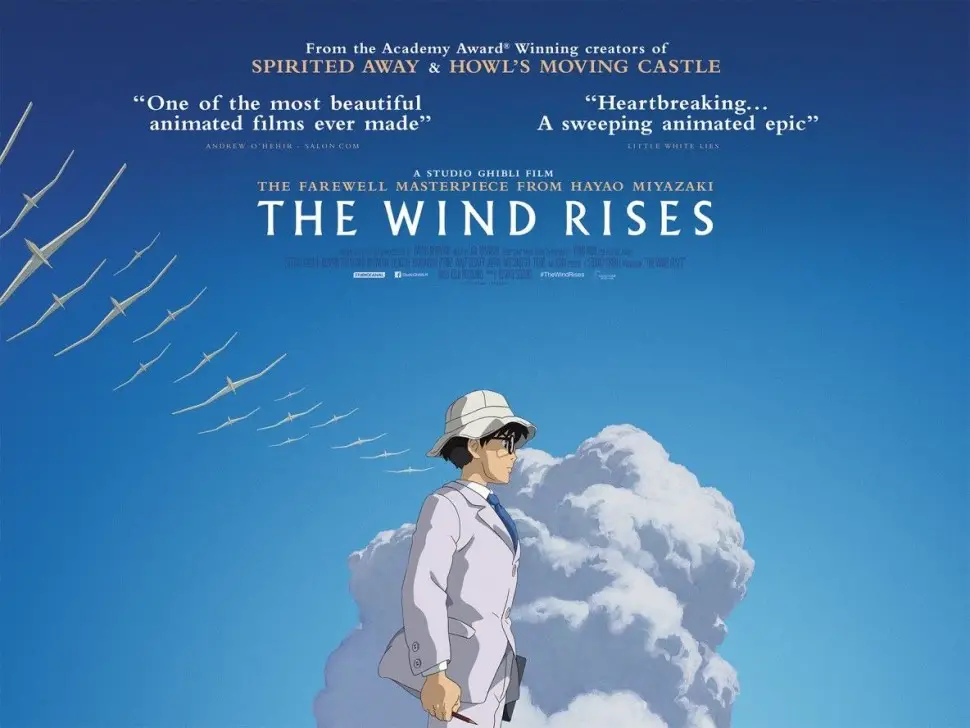
7. Paprika (2006)
Those who saw a Christopher Nolan film in 2010 may recognise the word paprika. The film, which was released four years earlier in 2006, is not an Inception rip-off, but rather is based on Yasutaka Tsutsui's novel of the same name. Even earlier, in 1993, the novel was published. Unless Tsutsui "incepted" into Nolan's dreams, the English director must have drawn at least some inspiration from the Japanese animated feature for his blockbuster meme-ruining epic.
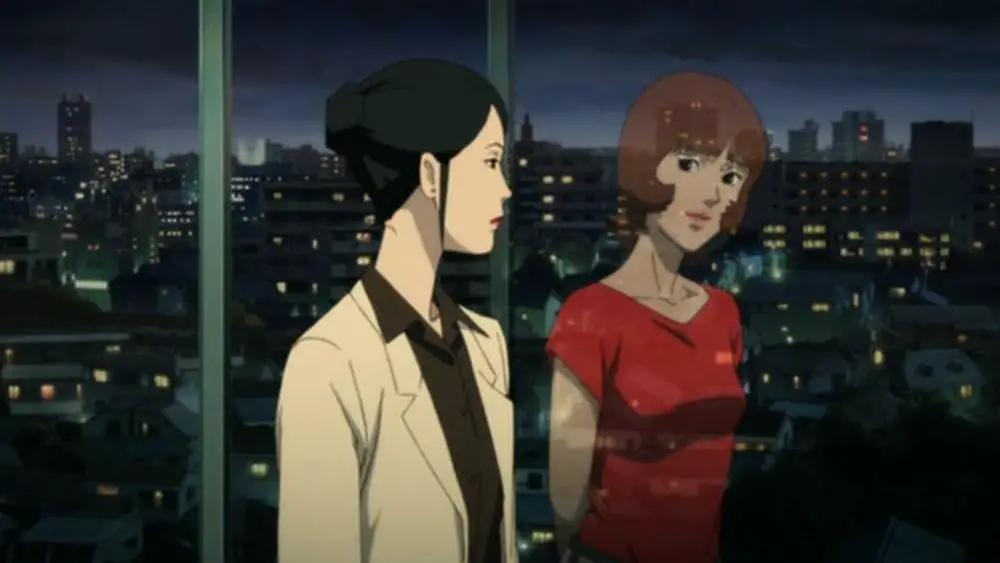
8. Castle In The Sky (1986)
The story is heavily influenced by Gulliver's Travels, and it is named after the literature. It got a title change as Castle in the Sky in the US and European markets due to the negative connotation of a similar word(s) in Spanish. The film Castle in the Sky follows two children, Princess Sheeta (Anna Paquin) and Pazu, as they attempt to reach the last floating city in the sky. They're being hunted by sky pirates looking for the long-lost fortress's loot.
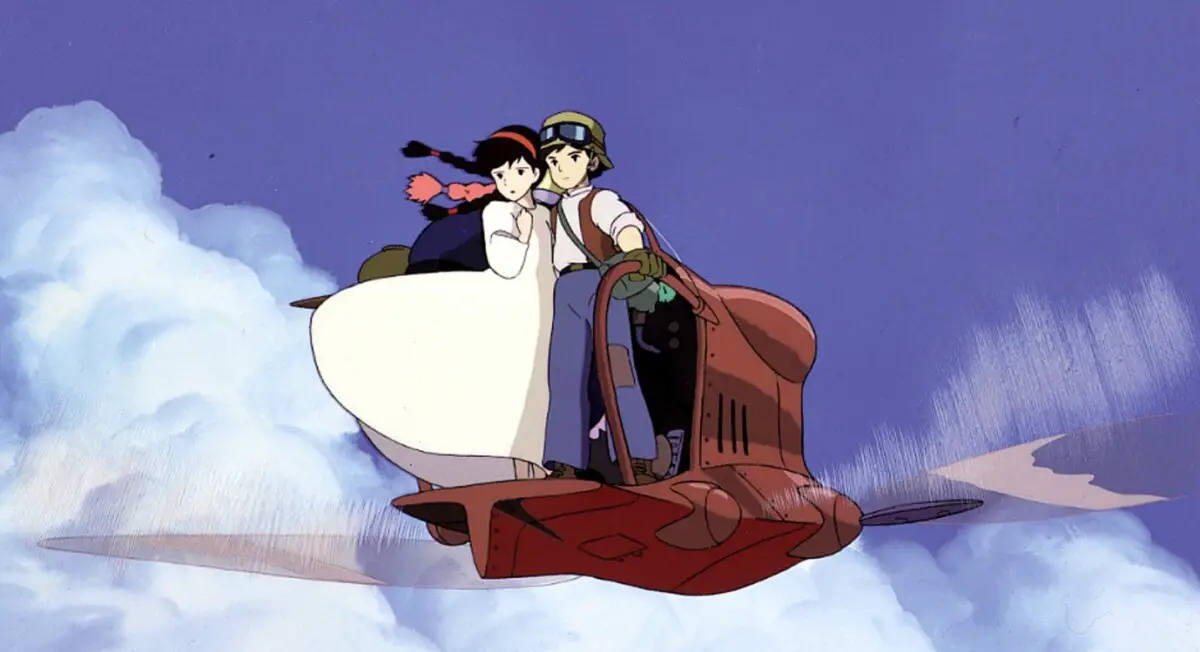
9. The Girl Who Leapt Through Time (2006)
This 2006 picture, based on the 1967 novel of the same name, depicts a little girl who discovers she has the ability to travel across time. The film differs from the novel in various respects, including the primary character: the protagonist in the book is Kazuko, whereas the film follows her niece Makoto. After discovering her abilities as a teenager, Makoto begins to abuse her time-traveling abilities.
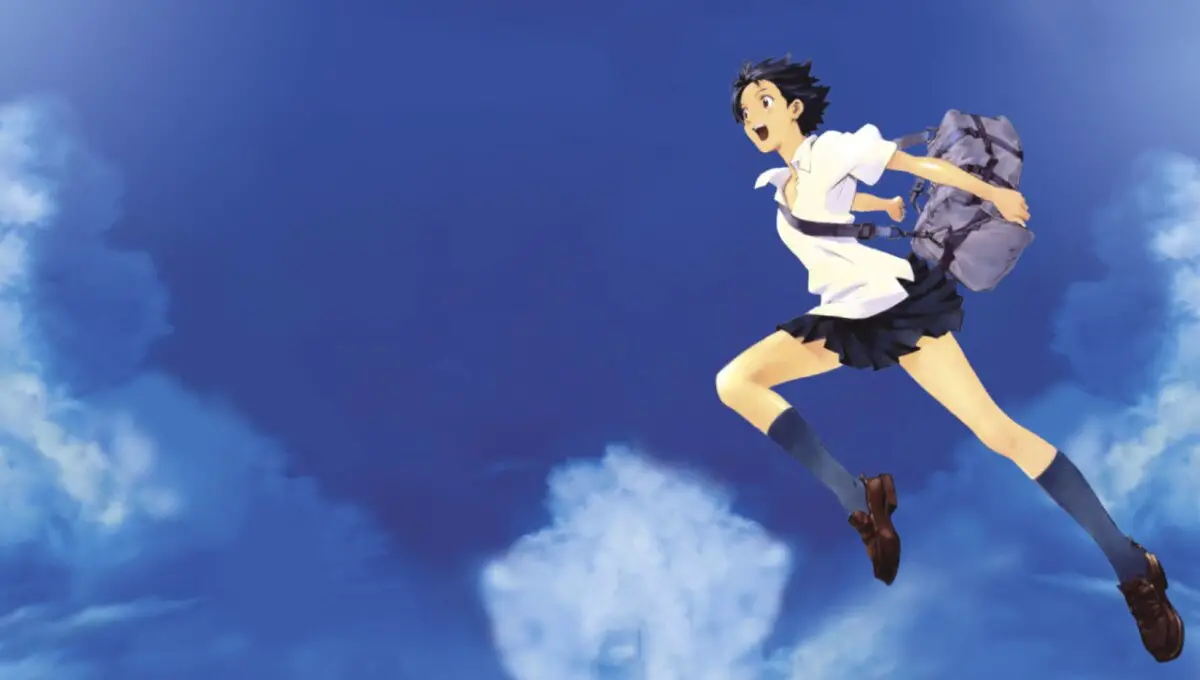
10. The Tale Of The Princess Kaguya (2013)
The only Ghibli film not directed by Miyazaki to make this list is Isao Takahata's The Tale of the Princess Kaguya. Takahata is no new to directing, having previously worked on Ghibli's Grave of the Fireflies in 1988. The film is inspired by the Japanese folktale The Tale of the Bamboo Cutter, which narrates the story of a bamboo cutter who comes across a girl in a bamboo shoot. The daughter matures quickly, and the guy and his wife decide to raise her as their own child.
